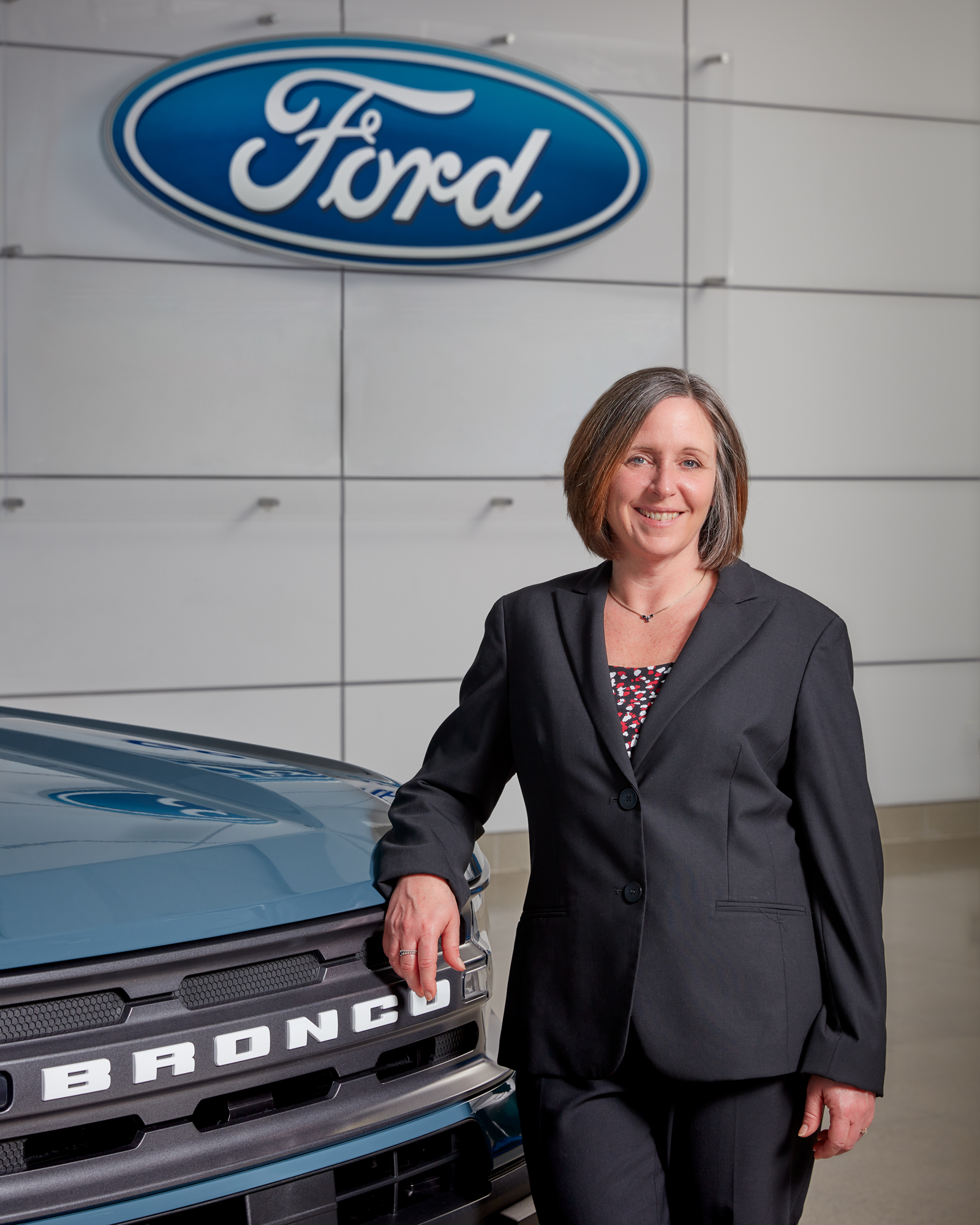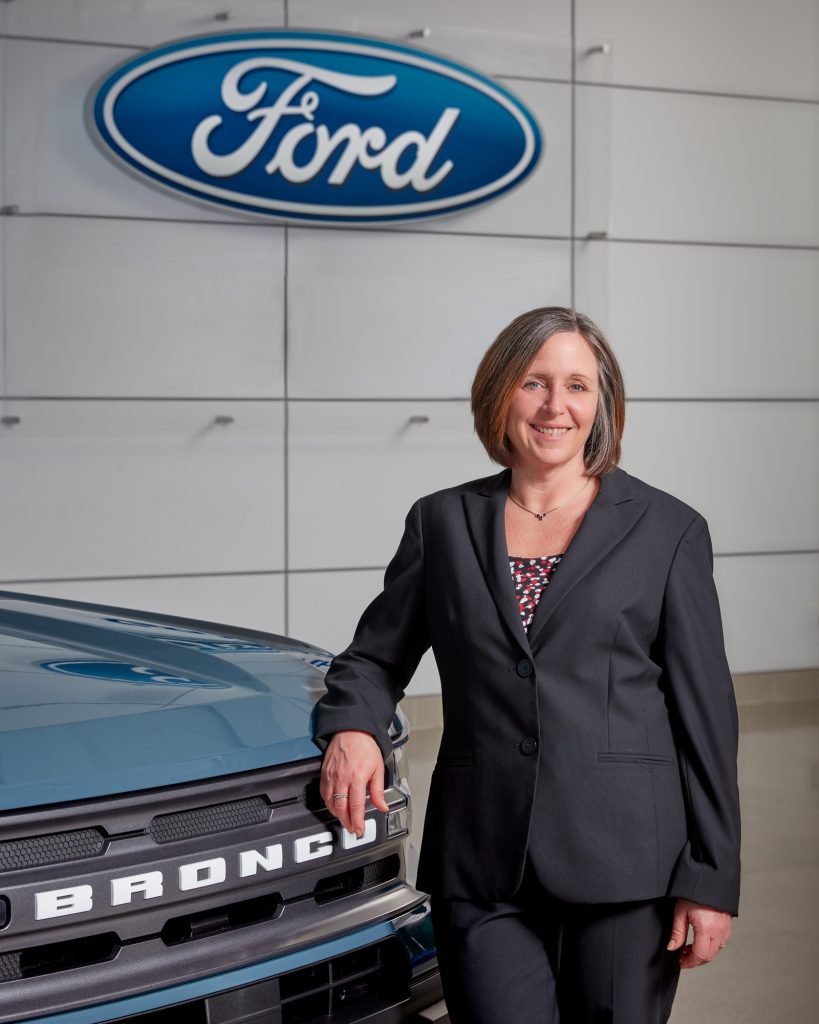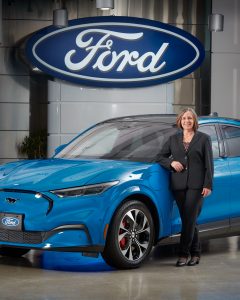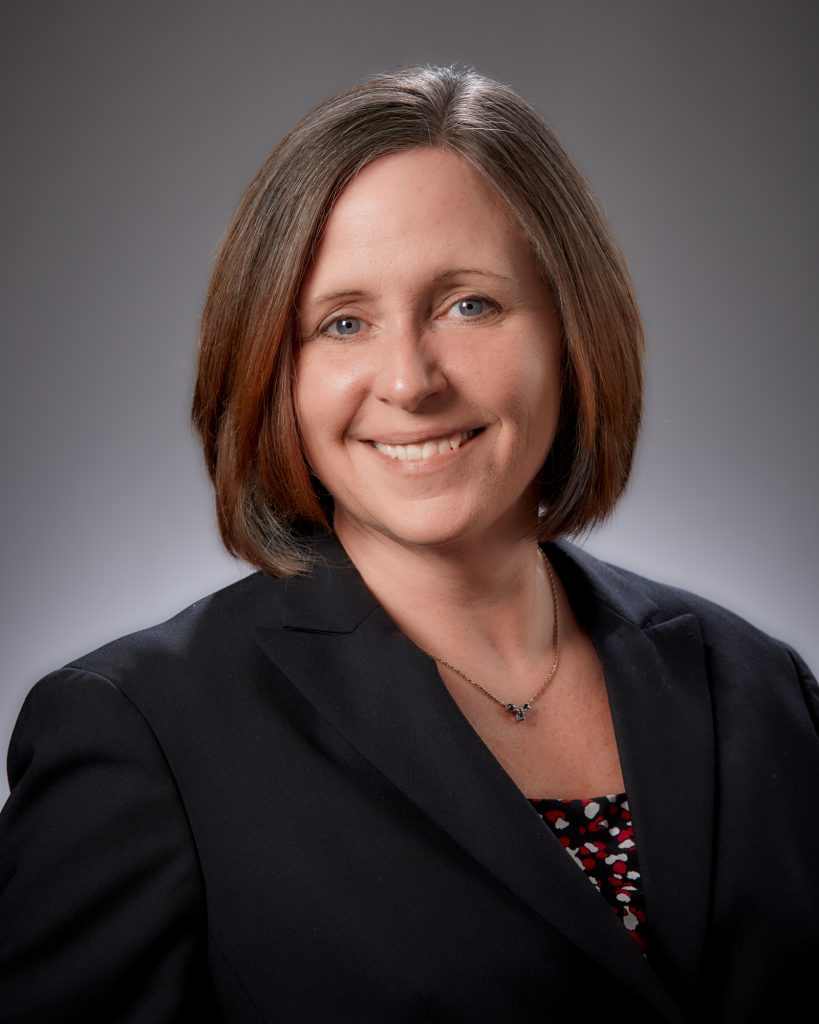
Bev Goodman becomes first Canadian woman to lead Ford of Canada
Earlier this year, Ford Motor Company of Canada, Limited named Bev Goodman as its new President and CEO. She became the third woman to hold the roles, and the first since Dianne Craig, who was President and CEO from 2011 until 2017. The first woman to ever lead the Canadian operations was Bobbie Gaunt, who was in charge from 1997, until her retirement in 2000. Goodman; however, is the first Canadian woman to lead the company.
April 28, 2021 | By Mario Cywinski


Photo: Ford of Canada.
MRO had the opportunity to speak with Bev Goodman recently to ask her about her career, taking on the roles of President and CEO of Ford of Canada, being a role model, and where the company is heading.
Goodman who took over for Dean Stoneley, who moved on to another role within Ford Motor Company, has been with Ford of Canada for 25 years, and began her career as an intern on the finance team, since then she has worked in parts and service, sales and marketing, finance, and most recently as the director of marketing communications.
She now leads Ford of Canada’s operations, including its national headquarters, regional offices, vehicle assembly and engine manufacturing plants, parts distribution centres, research and development sites, and connectivity and innovation centres.
MRO: You have been with Ford for 25 years; can you discuss your career at the company? How has it prepared you for the role of President and CEO of the Canadian operations?
Bev Goodman: I began my career at Ford of Canada in 1996 as an intern on the finance team and I’ve had the opportunity to build experience in many other areas of the company in the last 25 years. After leaving the finance team, I worked in parts and service, sales, and marketing. I was also the general manager for our eastern market area, which is Ford’s largest sales region in Canada. Ford of Canada is a multi-faceted, fast-paced organization and each of my previous positions taught me something new about the company and the people who make it successful. All of these lessons are now helping me serve as CEO.

MRO: Do you see yourself as a role model for young females who want to be leaders at a global company?
BG: I would be happy to think that any young person could be inspired by my story and use that motivation to confidently pursue their own career aspirations. My success was born from hard work, a laser focus on what I wanted to accomplish as an individual while learning from all the smart, strategic people around me and, finally, from a strong commitment to an organization that I care deeply about. I am grateful to have had a career filled with new opportunities and a supportive network of colleagues who inspired me to think big. I hope others can find the same level of inspiration in their professional journeys.
MRO: What advice would you give them if they wanted to get into manufacturing?
BG: The best advice – regardless of the industry that you’re looking to break into – is to stay open, curious, and committed to learning. Talk to people within the industry, and outside of it; make connections and build your own network. Always be on the lookout for the trends that are driving progress and change. And finally, surround yourself with a diverse group of people that will push you, help you to grow, and ultimately to expand your personal perspectives.
The disruption in our industry has led to some exciting new growth opportunities. Today’s automotive sector requires forward thinking, a broad cross-section of people and skills, and diversity of thought. Our future success will be focused on consumer experiences enabled by technology. I see a future for our industry that includes significant opportunities for those organizations and individuals who challenge the standard ways of doing things.
MRO: How did you get into working for an automotive manufacturer?
BG: For my start in the industry, I was lucky enough to get an internship at Ford of Canada while I was working on my MBA at McMaster University. For the next 25 years, I was offered a wide range of opportunities in so many different areas of the company, and now, have the privilege of serving as the CEO.

MRO: Ford announced the retooling of its Oakville Assembly Complex to become a battery-electric vehicle manufacturing facility starting in 2024. Can you discuss how this affects Ford’s Canadian operations? Will the plant have any unique aspects versus a regular internal combustion engine vehicle plant? How integral will the plant be in Ford’s global operations?
BG: At Ford, we’re committed to fighting climate change globally and we’re all-in on EVs. This includes a US$22 billion global investment in electrification and EVs through 2025, and a commitment to becoming carbon neutral by 2050.
As a part of this global investment, in Canada we announced a planned $1.8 billion transformation of our Oakville Assembly Complex from an ICE site to also become a BEV manufacturing facility. With this investment, a family of battery-electric SUVs will be built at OAC marking the first time ever that a full-line automaker has produced full BEVs in Canada for the North American market. Our investment will also bring the opportunity for battery pack assembly to OAC – another first for Canada and Ontario.
This investment is great news for Oakville, for Ontario and for the Canadian automotive industry. On a macro-level, an auto assembly plant is incredibly important to the broader manufacturing ecosystem as it anchors the supply chain and manufacturing base around it. The economic impact is tremendous, as each auto job has the potential to create up to seven additional spin-off jobs.
MRO: Ford’s F-150 has been the best-selling vehicle in Canada for a number of years, can you see a day when an electric version of the vehicle is the model of choice for buyers?
BG: I am proud to say that Canadians have made Ford the top-selling brand in Canada for twelve consecutive years and Ford F-Series Canada’s best-selling pickups for 55 years in a row.
At Ford, our plan is to electrify our most iconic nameplates – from the Mustang Mach-E, to F-150, and beyond. Looking ahead to 2022, an all-new, all-electric Ford F-150 is coming and will be Built Ford Tough.
Our customers, from across our lineup, have told us exactly what they would need from an electrified vehicle – and we’ve listened. Each of Ford’s electrified vehicles will amplify the best attributes that our customers love, such as performance, capability, and convenience – with no compromise.
Ford is not new to electrification. From hybrids to plug-ins, and full battery electric vehicles, globally we’ve put more than 800,000 electrified vehicles on the road in recent years.
